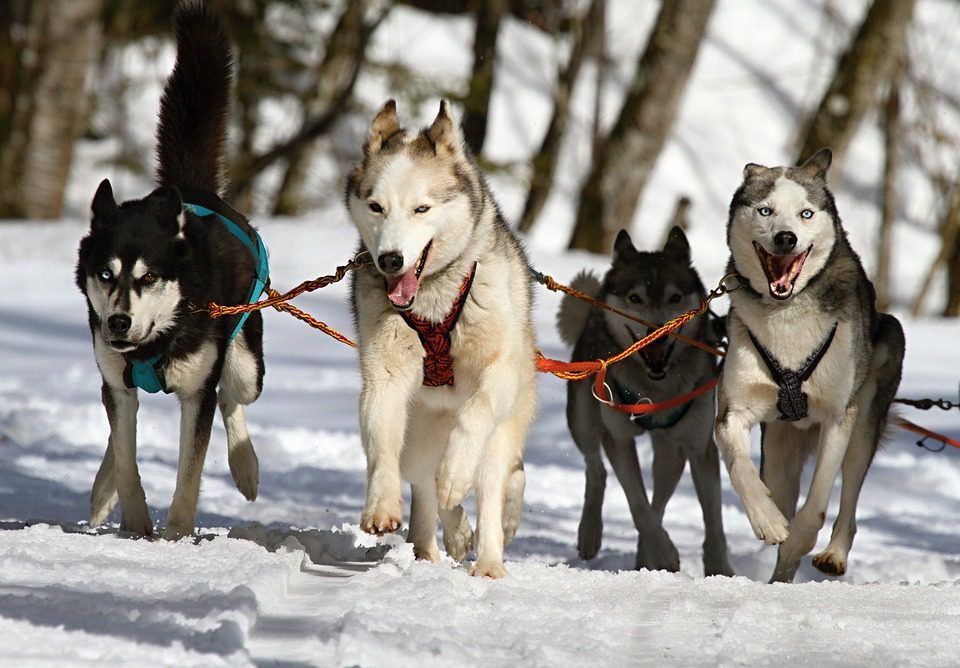Neutering a dog is a common procedure that can help reduce the pet population, decrease aggression, and improve overall health. As part of the neutering process, a dog’s testicles are removed. This can seem like a scary procedure for pet owners to consider, but it’s important to understand what happens to a dog’s balls after neutering. In this article, we’ll discuss what happens to a dog’s testicles after the procedure and the recovery process.
Overview of Neutering
Table of Contents
Neutering is a medical procedure that is performed on a male dog to remove the testicles. It is a simple but permanent form of birth control that eliminates the dog’s ability to reproduce. The procedure is usually done when a dog is around 6 months old, but it can be done at any age. Neutering is typically done under general anesthesia, and it can be done surgically or through chemical castration.
What Happens to a Dog’s Testicles After Neutering?
When a dog is neutered, the testicles are surgically removed from the scrotum. In the case of chemical castration, the testicles are not removed, but rather the hormones that would normally be produced by the testicles are blocked. In either case, the testicles are no longer present in the dog’s body.
Benefits of Neutering
There are a number of benefits to neutering a dog. First, it eliminates the risk of unwanted pregnancy, which can be a problem for unneutered males. Neutering also reduces the chances of a dog developing certain kinds of cancers and other medical conditions. It can also help reduce certain kinds of behavioral issues, such as roaming or aggression.
Drawbacks of Neutering
The biggest drawback to neutering a dog is that it can lead to weight gain. The hormones produced by the testicles help to regulate a dog’s metabolism, and when those hormones are no longer present, the dog may put on extra weight. Additionally, neutering can mean a decrease in a dog’s sex drive, which can lead to behavioral issues. Finally, there is the risk of any surgical procedure, which can include infection and other complications.
Conclusion
Neutering is a common medical procedure that can have many benefits for a dog. It eliminates the risk of unwanted pregnancy and can help reduce certain kinds of medical and behavioral issues. However, there are some drawbacks to the procedure, such as the risk of weight gain and decreased sex drive. It is important to talk to a veterinarian about the risks and benefits of neutering before deciding to have it done.
##### Common Myths About Neutering Dogs and Their Testicles
1. Myth: Neutering a dog will make them physically weaker.
Fact: Neutering does not affect the dog’s physical strength. Neutering can help reduce aggression and the risk of certain diseases, which can improve overall health and quality of life.
2. Myth: Neutering will change a dog’s behavior.
Fact: Neutering can help reduce aggression and other negative behaviors, but it won’t necessarily change a dog’s personality.
3. Myth: Neutering will make a dog less masculine.
Fact: Neutering does not affect the dog’s masculinity. Neutering can help reduce aggression and other negative behaviors, but it won’t necessarily change a dog’s appearance or the way they act.
4. Myth: Neutering will cause a dog’s testicles to disappear.
Fact: Neutering does not cause a dog’s testicles to disappear. Instead, the testicles shrink and become non-functional, so they cannot produce sperm or hormones.
Frequently Asked Questions
What happens to a dog’s balls after being neutered?
Answer: When a dog is neutered, the testicles are removed from the scrotum and discarded. This procedure is also known as castration.
Does neutering a dog stop it from producing hormones?
Answer: Yes, neutering a dog will stop it from producing hormones. The hormones testosterone and estrogen are no longer produced once the testicles are removed. As a result, the dog’s overall behavior and physical appearance may change.
Conclusion
Neutering is a medical procedure that removes a male dog’s testicles and is usually done when the dog is 6 months old. It can be done surgically or through chemical castration. Benefits include reducing the risk of unwanted pregnancy, certain cancers, and behavioral issues. Drawbacks include weight gain, decreased sex drive, and surgical risks. It is important to discuss the risks and benefits with a veterinarian before deciding to have the procedure done.






